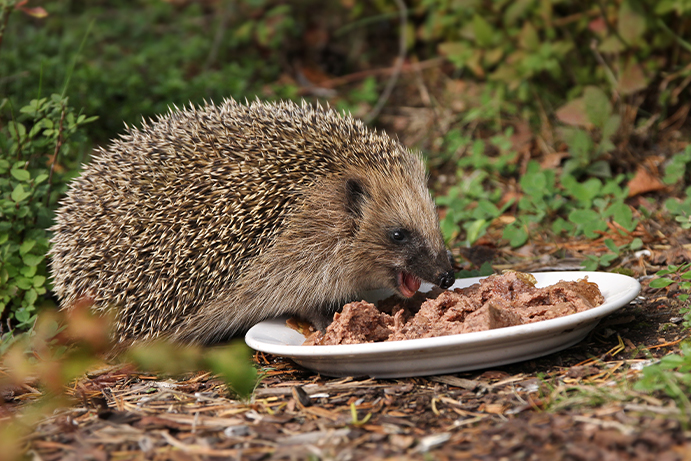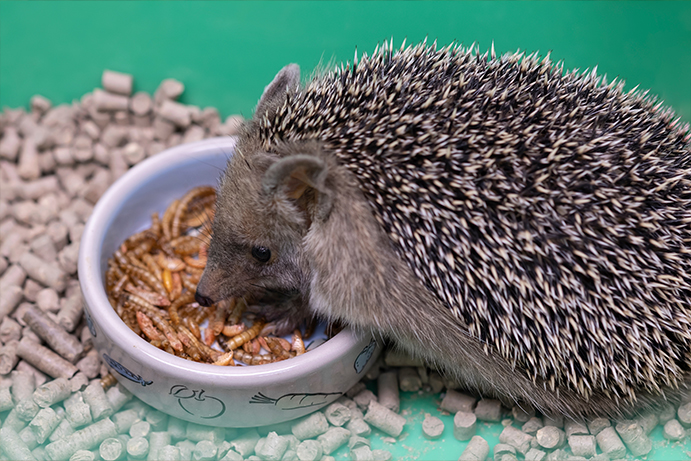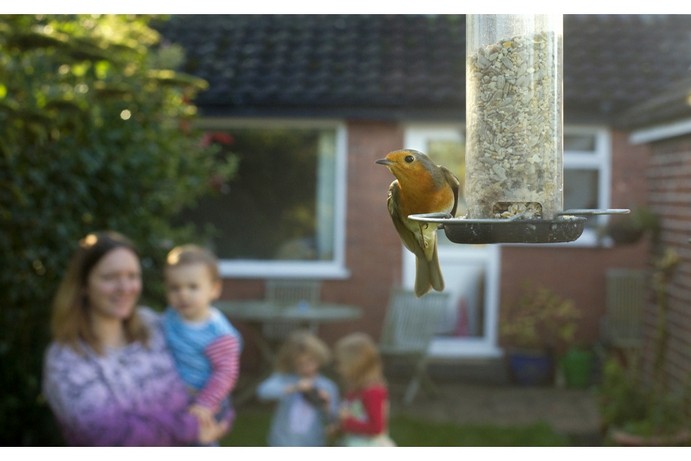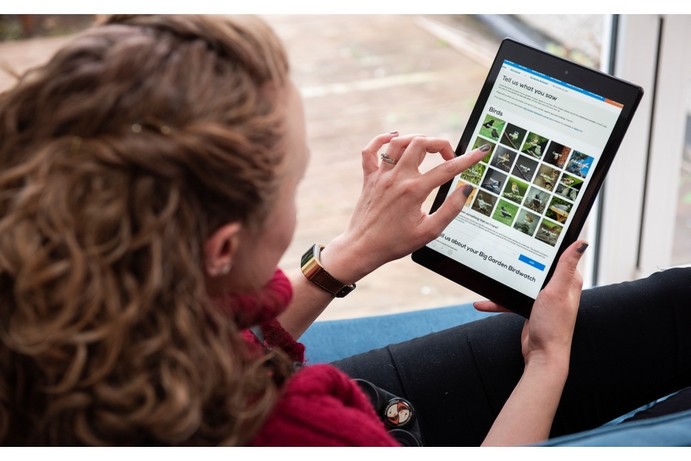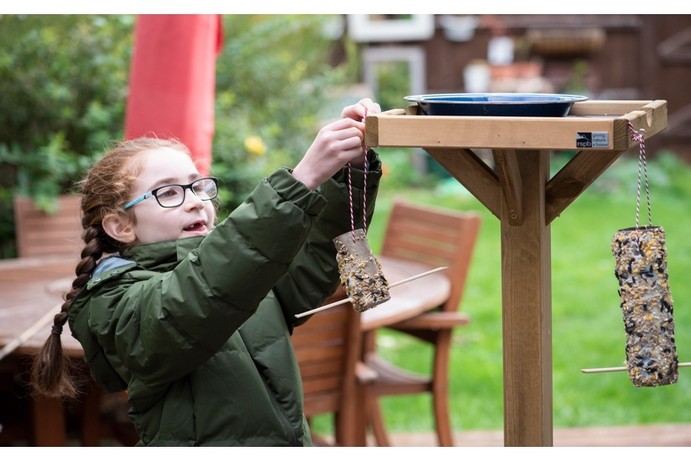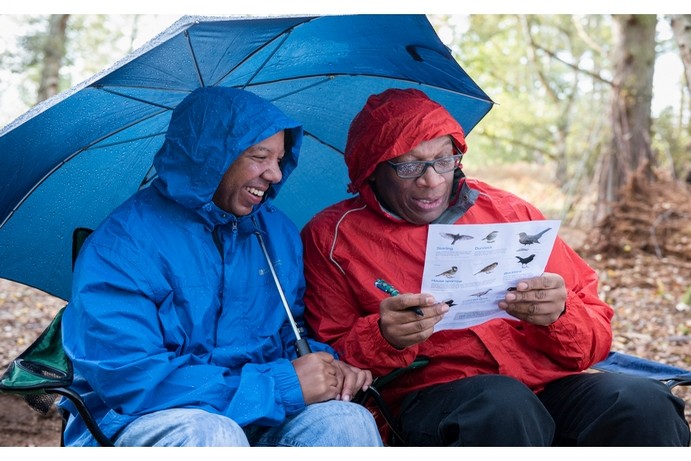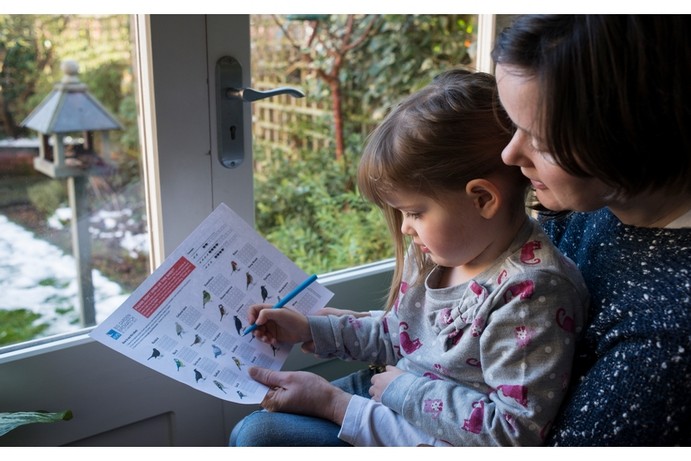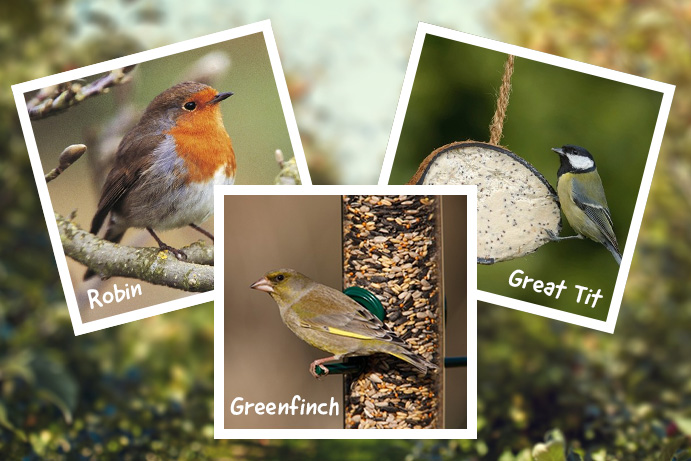Nature Watch – What to Feed Hedgehogs
Leave a CommentNature Watch – What to Feed Hedgehogs
By Rachael – Content Editor
Published September 2022
What do hedgehogs eat?
A hedgehog’s natural diet consists mostly of invertebrates, such as caterpillars, earthworms, millipedes, earwigs and beetles. They are able to sniff these out when foraging through the undergrowth on their travels.
However, they are not limited in their diet and will explore other food sources if the opportunity presents itself. They will scavenge a meat carcass, nibble on fallen fruit and berries, or even eat up a tasty egg that’s fallen from a nearby nest. This versatility in diet makes them easy to provide for.
What can I feed hedgehogs?
Hedgehogs will happily consume most foods left out for them, so there is plenty to choose from. You could try:
– Meat-derived moist dog or cat food
– Hedgehog food mixes
– Cat biscuits
Be sure to leave out some water for them as well, as fresh water can be challenging to find in some seasons.
Where should I put the food?
Put the food somewhere that is undercover but easily accessible for a creature their size. Some people turn a plastic storage box upside down with a hedgehog size entrance hole cut into the side, and place this over their feeding dishes. Providing a limited entry space will help protect the hedgehogs from larger predators whilst they eat.
You can also purchase specially made hedgehog houses to provide them with additional support, or you could try making your own hedgehog house.
How often do I need to feed hedgehogs?
If you can, it’s best to provide hedgehogs with food for the whole year round. Whilst they do hibernate, they make wake up during this period to search for food, before returning back to sleep.
If you are using a dry food source, such as cat biscuits, these will stay fresh for up to a week if kept undercover. Why not set a handy reminder on your phone to change over the food and water once a week?
Can hedgehogs eat mealworms?
Yes, but only in small portions. If you already have mealworms to feed your local wild birds, then giving a handful of these to hedgehogs occasionally will be fine. Fed in large quantities, mealworms can cause some health problems, but sporadically they are delicious and nutritious.
How else can I help hedgehogs?
One of the best ways to help a hedgehog is to ensure accessibility. Create “hedgehog highways” by making sure there is a gap at the bottom of every fence for them to come and go into the garden. You can do this simply by cutting a small hole, or you can buy specially designed hedgehog holes.
Fill your garden with plenty of natural foliage and encourage wildlife. Creating the perfect environment for beetles and caterpillars, will in turn help provide for the hedgehogs. It’s all about encouraging the ecosystem.
For more information on helping hedgehogs, visit The British Hedgehog Preservation Society (britishhedgehogs.org.uk).
Keep in touch!
We would love to hear more from you! Follow us on social media and share your Cherry Lane buys with us!





 Next Day Delivery
Next Day Delivery Store Finder
Store Finder Current Rewards
Current Rewards Click & Collect
Click & Collect